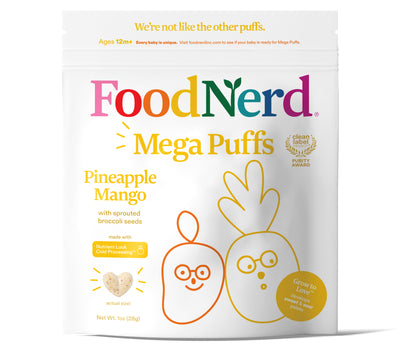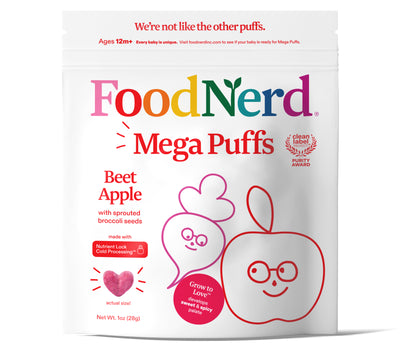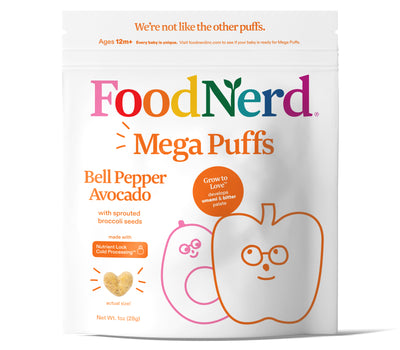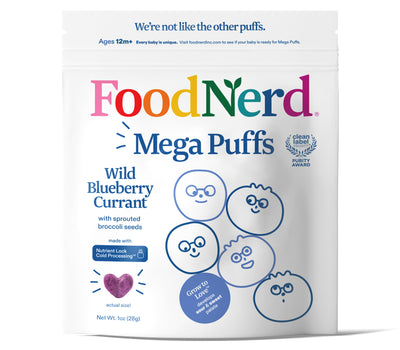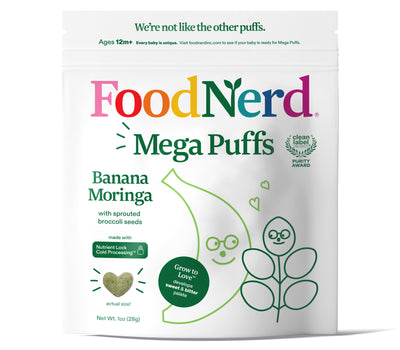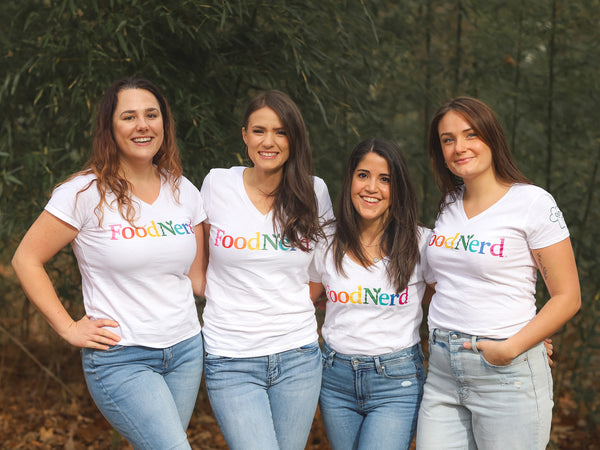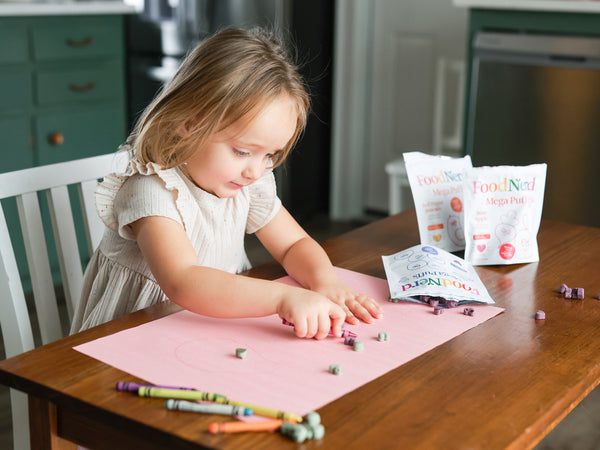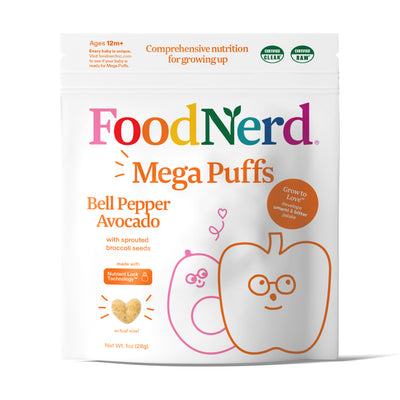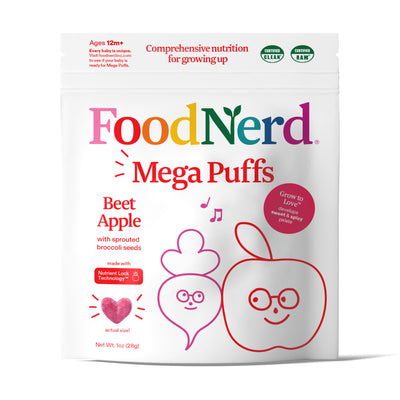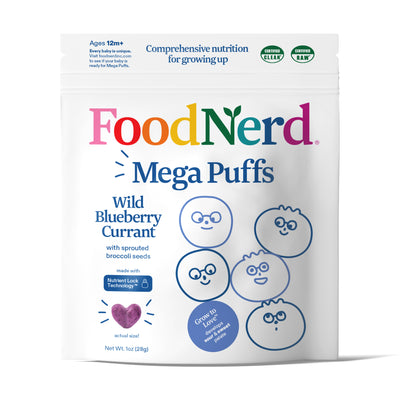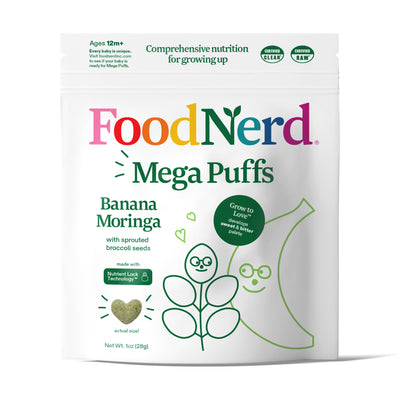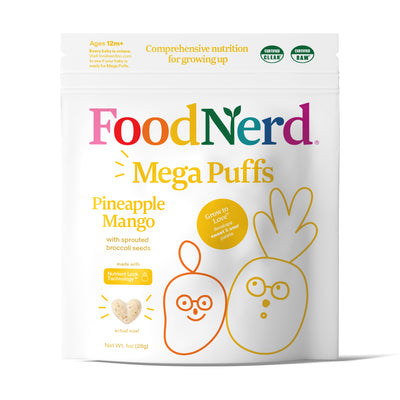Not getting enough of this nutrient will cause extreme fatigue and lightheadedness— Luckily, most people in the U.S. are not deficient. It is best known for helping to keep our red blood cells healthy (dead giveaway, right?).
Yes, we are referring to iron.
What Is Iron & Why Do We Care?

Iron is an essential mineral for growth and development. It combines with protein to form hemoglobin, which is found in red blood cells.
Hemoglobin gives red blood cells their red color and carries oxygen from the lungs to every cell in the body. Without enough iron, less oxygen is brought to your tissues, which deprives them of energy (oxygen is needed to produce energy) and leads to fatigue.
Iron has many essential functions in the body:
- Helps with brain development & growth in children
- Needed for normal production and process of certain types of cells
- Boosts resistance to infection
- Needed to make some hormones
- Makes up myoglobin (a protein that carries and stores oxygen in muscle tissue)
How Much Iron Do We Need?
According to the National Institutes of Health (NIH), the amount of iron you need each day depends on your age, gender, and whether you eat a plant-based diet (probably most people reading this!).
NIH states that “...vegetarians who do not eat meat, poultry, or seafood need almost twice as much iron listed because the body doesn’t absorb non-heme iron in plant foods as well as heme iron in animal foods.”
We disagree. Many plant foods are rich in non-heme iron, and eating a variety of these foods daily means that we can quickly meet our daily iron needs.
The Recommended Dietary Allowance (RDA) for iron is as follows:
- Adult Women 19-50 years: 18 mg
- Adult Men 19-50 years: 8 mg
- Adults 51 years & older: 8 mg
You may be wondering why adult women need higher amounts of iron, and this is because of the loss of blood during menstruation. Adult women 51 years and older need less iron, assuming they have reached menopause and no longer menstruate.
Notes:
- RDA is the average amount of a nutrient you should eat daily to maintain health (for nearly all healthy people).
- These amounts are listed in milligrams (mg) per day.
Sources of Iron
Iron found in food comes in two forms:
- Heme
- Non-Heme
Heme iron is only found in muscles and blood, so it is only in animal foods. Food that contains heme iron includes meat, poultry, and seafood. About 40% of the iron in animal foods is heme iron, and the rest, about 60%, is non-heme iron.
Non-heme iron is found in plant foods like whole grains, nuts, seeds, legumes, and leafy greens. Non-heme iron is also found in animal foods (animals eat plant foods that contain non-heme iron) and iron-fortified foods.
Sources of heme iron:
- Oysters, clams, mussels
- Beef or chicken liver
- Canned sardines or tuna
- Beef
- Poultry
Sources of non-heme iron:
- Beans
- Peas
- Lentils
- Tofu
- Cacao*
- Dark leafy greens like spinach & kale
- Potatoes with skin
- Nuts
- Seeds like chia seeds*
- Quinoa
- Some dried fruits like raisins
- Fortified breakfast cereals
- Enriched rice or bread
- Cooking in a Cast Iron Skillet

Problems with Iron Absorption
It’s not how much iron you consume but how well you absorb it.
Heme iron is better absorbed by the body (about 15-35%) than non-heme iron (about 2-20%). BUT, plant-based eaters can still meet their daily iron needs by eating plenty of non-heme-rich plant foods, like dark leafy greens, whole grains, legumes, dried fruits, nuts, and seeds.
It is good to know what enhances non-heme iron absorption and what takes away from it.
Improves absorption of non-heme iron:
Eating vitamin C at the same meal. Many vegetables high in iron, like broccoli and bok choy, also contain high amounts of vitamin C, which means that the iron in these foods is well absorbed.
Interferes with absorption of non-heme iron:
- Large amounts of calcium, such as calcium-rich foods or supplements.
- Plant substances like phytates (in grains, legumes, nuts, and seeds) & tannins (found in tea, coffee, and wine). Sprouting plant-based foods can significantly reduce their phytate levels, which means better nutrient absorption!
Issues with too Much Heme Iron
The human body can naturally regulate how much non-heme iron we absorb from plant sources, which helps prevent our bodies from overloading with too much iron.
However, heme iron is a different story. Heme iron is easily absorbed but not easily gotten rid of. The human body has no mechanism to excrete excess iron once absorbed.
This could mean trouble if we get too much iron in our system. For example, excess iron is stored in our organs, with the majority being put in our liver, heart, and pancreas. Too much iron in the organs could lead to damage and disease — eventually leading to life-threatening conditions like liver disease, heart problems, diabetes, and certain cancers.
This may be why studies have linked increased risk of death, heart risk, and cancer with the consumption of red meat.
Is Heme Iron Bad for you?
It depends. Heme is easily absorbed by the body, which can benefit those who need supplemental iron due to anemia or other health issues. However, too much heme iron has been linked to an increased risk of cardiovascular disease and certain types of cancer, so it's essential to monitor your intake and ensure you are not consuming excessive amounts.
Eating leaner meats and fish instead of high-fat cuts, limiting processed meats, and eating more plant-based proteins are all good ways to ensure you get enough but not too much heme iron in your diet. In addition, heme iron-rich foods with foods high in vitamin C can improve absorption. Ultimately, it is crucial to be mindful of your heme iron intake and consult with a health professional if you have any concerns.
Benefits of Non-Heme Iron
-
Found in antioxidant-rich plant foods that have proven to protect against inflammation and chronic diseases.
-
Able to meet iron needs without detrimental health risks (our bodies can control the absorption of non-heme iron from plant sources).
- Way better for the environment! Avoiding meat and dairy products is helpful to reduce your environmental impact on the planet.
- Vegetables high in iron, such as spinach and kale, could be a healthy source of these nutrients that don’t have any side effects.
How will I know if I am deficient?
Iron deficiency affects about 4-5 million Americans yearly. A lack of iron is called iron-deficiency anemia, and it is the most common nutritional deficiency worldwide and affects all ages, including children and adults.
Symptoms of iron deficiency anemia: GI upset, weakness, tiredness, lack of energy, decreased ability to fight off germs and infections, issues with controlling body temperature, and problems with concentration and memory.
How to Know for Sure:
Iron is stored in the body as ferritin and is transported throughout the body by transferrin (a protein in blood that binds to iron).
If you think you are deficient in iron, you can have your doctor check your blood levels of ferritin and transferrin.
How Can Vegans & Vegetarians Avoid Becoming Deficient?
The good news is that with some planning, vegans and vegetarians can quickly get enough iron from their diet!
Here's how to get enough iron on a plant-based diet:
Eat a wide variety of iron-rich plant foods daily.
Good plant sources of iron include lentils, chickpeas, beans, tofu, cashews, chia seeds, hemp seeds, pumpkin seeds, kale, dried apricots and figs, raisins, quinoa, and fortified breakfast cereal. Looking for something your little ones may like? FoodNerd's Mega Puffs are a great source (around 20% of your child's daily value!) of iron!
Combine non-heme iron and vitamin C.
Food combinations like beans and tomato sauce, or stir-fried tofu and broccoli result in generous levels of iron absorption.
Avoid drinking tea or coffee with meals.
Tannins in tea and coffee can significantly reduce iron absorption by up to 39% when drinking coffee with meals and by 64% when drinking tea.
Avoid eating calcium-rich foods and taking calcium supplements close to meals containing iron.
Calcium also reduces iron absorption. Calcium supplements should be taken several hours before eating a high-iron meal.
The Deal with Iron Supplements
It is not recommended to take an iron supplement unless your doctor has diagnosed you with iron deficiency anemia. Check with your doctor to ensure the iron supplement is right for you.
When it comes to iron supplements, you can usually get away with taking a multivitamin because they are typically fortified with 100% of the RDA for women (18 mg of iron). Make sure you don’t overdo it with the supplements, though! Common side effects of taking too much iron include constipation and nausea.
You may have heard that vegans and vegetarians cannot meet their iron needs with plant-based foods, but this is simply not the case! With some planning, getting enough iron on a plant-based diet can be easy.
With a little bit of planning, getting enough iron on a plant-based diet can be easy, all while avoiding the health risks of overeating meat and helping preserve life on our planet!
Sources:
- “Iron.” The Nutrition Source, the President and Fellows of Harvard College, 2019, www.hsph.harvard.edu/nutrition source/iron/.“Iron.” The Vegan Society, 2020,
- https://www.vegansociety.com/resources/nutrition-and-health/nutrients/iron.Mangels, Reed. “Iron in the Vegan Diet.” The Vegetarian Resource Group, 2018, www.vrg.org/nut rition/iron.php.
- Morck TA, Lynch SR, Cook JD. Inhibition of food iron absorption by coffee. Am J Clin Nutr. 1983 Mar;37(3):416-20. doi: 10.1093/ajcn/37.3.416. PMID: 6402915.
- “Office of Dietary Supplements - Iron.” NIH Office of Dietary Supplements, U.S. Department of Health and Human Services, 2019, ods.od.nih.gov/factsheets/Iron-Consumer/.
- Yang, Lichen, et al. “Non-Heme Iron Absorption and Utilization from Typical Whole Chinese Diets in Young Chinese Urban Men Measured by a Double-Labeled Stable Isotope Technique.” PloS one vol. 11,4 e0153885. 21 Apr. 2016, doi:10.1371/journal.pone.0153885
